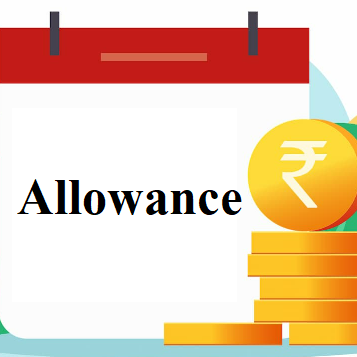UPS | Unified Pension Scheme | UPS vs NPS vs OPS
UPS | Unified Pension Scheme | UPS vs NPS vs OPS
In the last two years, Indian public sector employees have continued advocating for the Old Pension Scheme. The pressure has been such that it has significantly affected the governmental policies to the point that there is an alternative pension framework brought about and known as the Unified Pension Scheme (UPS). The Union Cabinet, headed by Prime Minister Narendra Modi, has approved the UPS on August 24, 2024. It will begin functioning from April 1, 2025. The following summary focuses on the salient features of the UPS as declared by the government officially. The UPS offers a pension that equals 50% of the average of the basic salaries received in the last 12 months of employment for those workers with at least 25 years of service.
20% of that average salary for 10 years of service; proportions increase as the years of service do. It also contains provisions regarding family pensions that guarantee that the family of a deceased employee is entitled to 60% of the pension being received by the employee at the time of death. Still, there is uncertainty as regards the enhanced family pensions in comparison to the OPS.
It guarantees a minimum pension and also includes an inflation adjustment provision based on price indices. Apart from this, a lump sum at retirement is based on the base salary and dearness allowance of the employee, which would be paid along with gratuity. In the following sections, a comparative analysis of the OPS and UPS is presented to identify which scheme benefits the government employees more.














COMMENTS